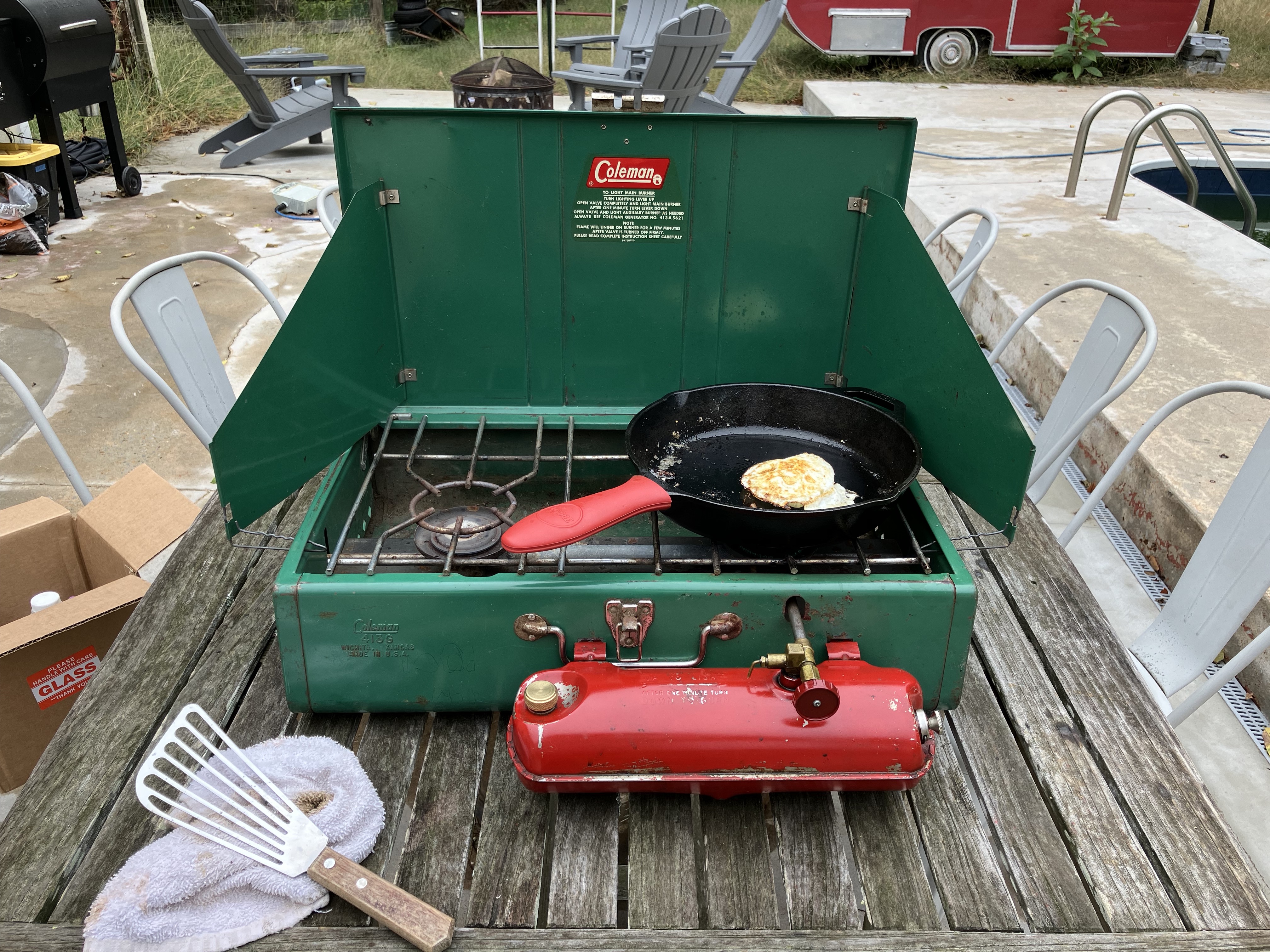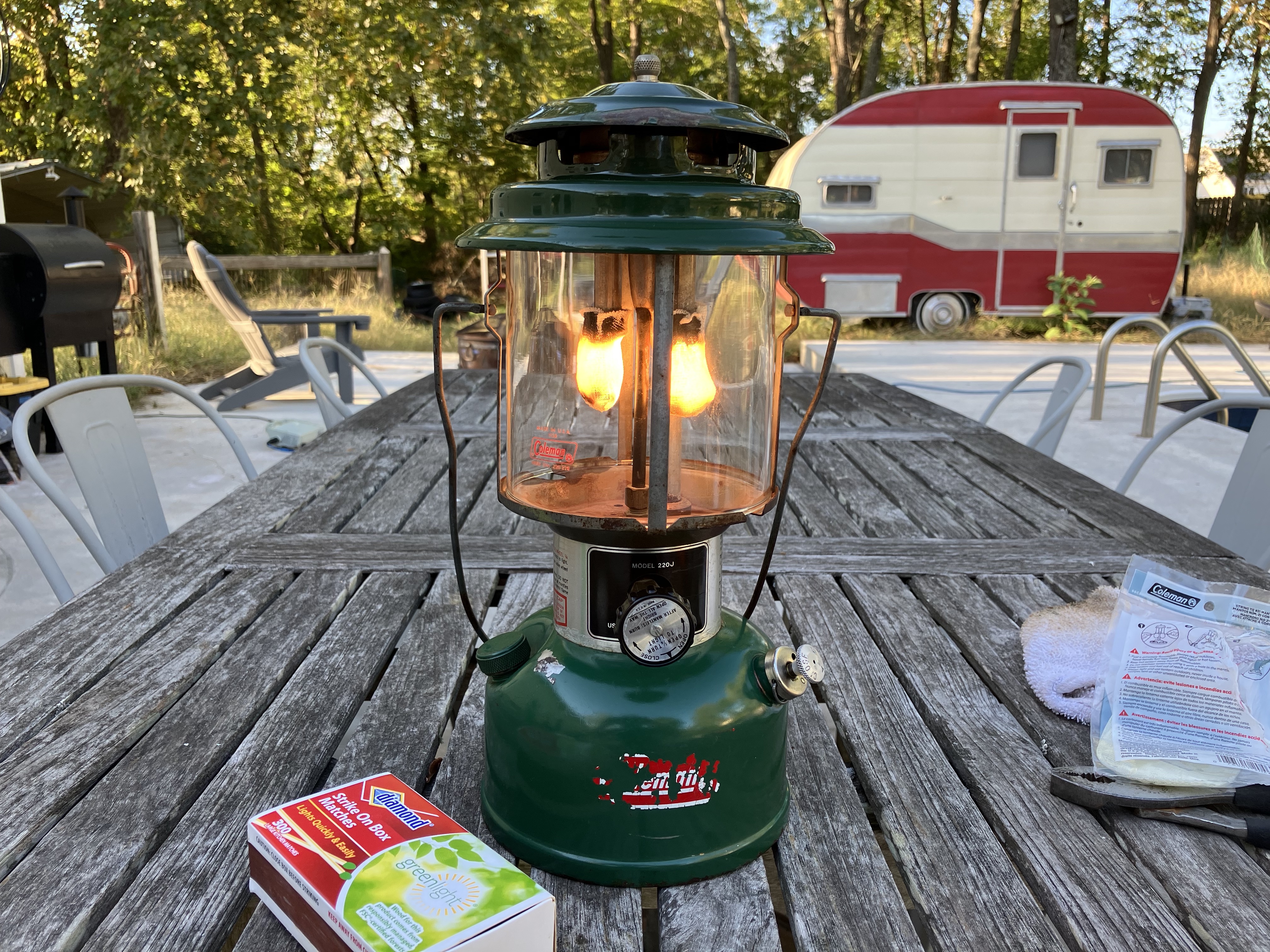After the conclusion of Lent and the celebration of Easter, I’ve been struggling to coalesce my thoughts into a presentable blog post, but I’ll give it my best shot. Looking back, there were a number of things that I experienced during my Lenten fast that stood out to me.
Resiliency
On the physical plane, the first thing that struck me was my own resilience during the fast. I was surprised how quickly my body adapted to only one meal per day, and how little it seemed to affect me. I paid close attention to myself when working outside, moving perhaps a little slower and staying hydrated, but otherwise was still quite capable on a restricted diet.
During Lent, I also happened to read Man’s Search for Meaning by Viktor Frankl, in which he discusses his experience in German concentration camps. He mentioned a similar phenomena, where the prisoners were limited to one (very meager) meal per day, yet their bodies adapted and they were still able, for the most part, to do the work that were forced to do. Obviously, I did not suffer anywhere near as much as those prisoners, but it was a poignant passage that I felt I could now, in some very small way, relate to. Man is resilient.
Failure to Connect
One of my primary goals during Lent was to use my physical hunger as a trigger to direct me to prayer. I actually failed pretty miserably at this—it was too easy, when hunger arose, to drink some water and continue on with what I was doing. It wasn’t until the last couple of weeks that I finally made some headway here and was able to starting connecting hunger to prayer. Nevertheless, this was really insightful for me, and now I know an area where I need to grow.
Anticipation
Still mostly on the physical plane but moving upwards, I had a growing sense of anticipation through Lent, looking forward to three meals a day and the celebration of Easter. Here, I was able to connect the physical plane to the spiritual much easier. I think the celebration of Easter itself being a combination of the physical (a feast) and the spiritual (a focus on what Christ accomplished) helped me in this regard.
Isolation
One thing that I felt was missing during my fast was a sense of togetherness. I think this is evident in Protestant denominations and particularly in America, where individualism means there is no prescribed fast that everyone in church follows, but rather, each person gets to decide if and how they will fast during Lent. The downside to this, though, is a lack of community within the fasting itself. It becomes a personal journey instead of a corporate journey, and in a way, this makes the celebration feast a personal feast instead of a corporate feast, too. So, I felt a bit isolated during Lent for this reason, which made me a bit sad.
Midday Prayer
Partway through Lent, a friend invited me to join him in a virtual Midday Prayer. I had never participated in the Liturgy of the Hours before, but, given my Failure to Connect, this was a perfect opportunity to institute a practice to help direct me upwards in place of a meal. We traded off the readings and prayers, and it was a very meaningful experience. I think
Morning Liturgy
During Holy Week, I also began doing a morning liturgy from Jonathan Gibson’s O Sacred Head, Now Wounded with my family during breakfast. Together with the Midday Prayer, these “meal replacement” liturgies really helped me refocus my attention upward by the end—I only wish I had done both of them from the beginning of Lent: a goal I now have for next year.
Celebration
Easter feast was special this year, not only because I could eat before dinner, but because we invited over a lot of people who didn’t have other Easter plans, and it was wonderful to have a full table for the feast. Instead of spending the day with family, who are all out of state, we spent it with friends, and we feasted well. It was a great conclusion to the Lenten season, and overall, I’m very grateful that I persevered with my fast and grateful for all that I learned during the six weeks.
Oh, and I did fit back into my size 32 pants by the end.











